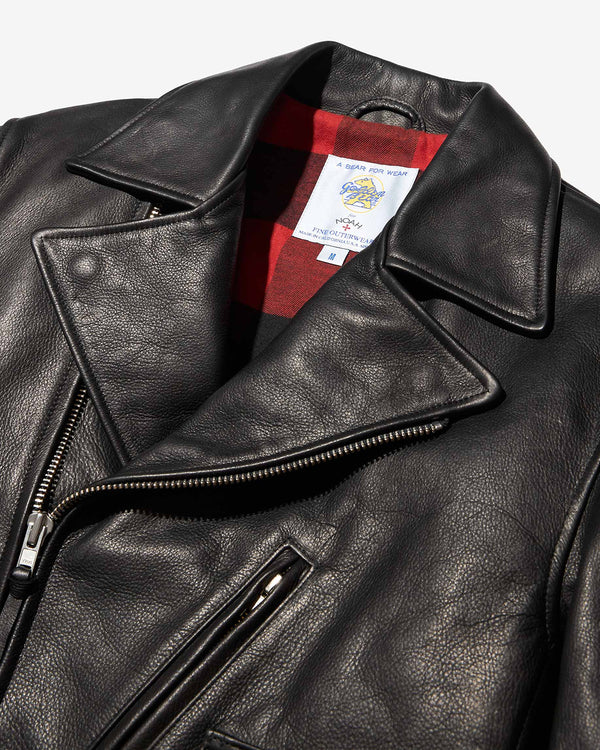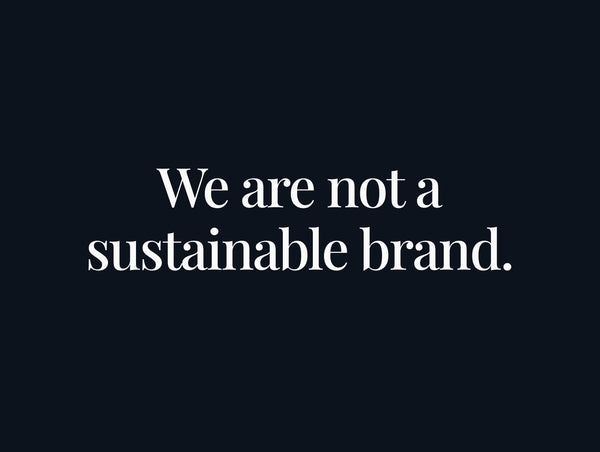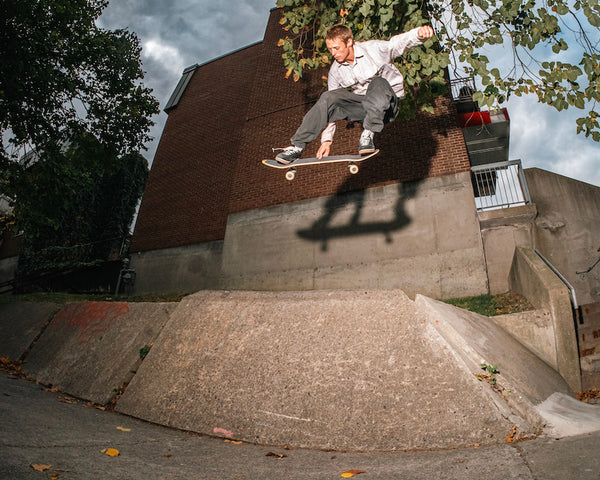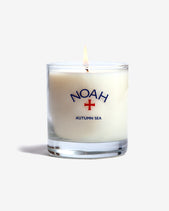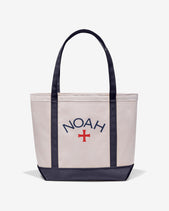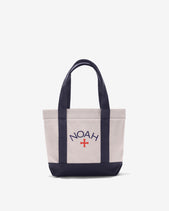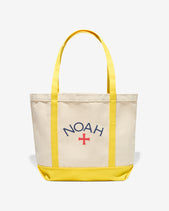
We’re proud to introduce Francisco Cabrera, our newest Noah Field Team member. The Noah Field Team is a diverse group of individuals, typically from outside our industry, whose physically active, engaged lives give them a unique perspective on the world.
Francisco is 18-years-old from Hunts Point, New York, and head of the wood shop at Rocking the Boat, a nonprofit boat building and sailing foundation in the South Bronx. At Rocking the Boat, students work together to build wooden boats, learn to row and sail, and restore local urban waterways, revitalizing their community while creating better lives for themselves and others.
Francisco admits that growing up in his community was a challenge—however, it made him who he is today. While spending time with Francisco, he shared with us that when you grow up in the streets and face poverty, you see life differently and learn to value small things and take advantage of any opportunity you get to change your life. We shadowed Francisco for an afternoon in the wood shop at Rocking the Boat out on the Bronx River, where our interview picks up.



Can you tell us where you’re from?
Most of what I can remember from my childhood, I was living in the Bronx. I lived with my mom, two brothers, and three out of my four sisters. We always lived in small, cramped homes. Living in poverty, we also had to move a lot, from shelter to home, shelter to home, shelter to home, and so on. In a weird way, it made me who I am socially. I’ve met many people and have a bunch of lifelong friends from all over—inside and outside the city. I don't know where I’m really from; I guess I'm from everywhere.
How did you get involved with Rocking the Boat? What were your first experiences there?
Before I joined Rocking the Boat in 2013, my brother was involved in the program as a boat builder. He would always bring me to the shop to see what’s going on, and I would also come to all the celebrations that they held after every semester, or after a boat was completed and launched. As a little kid walking through this big shop, I was mesmerized that this was being done only five blocks from where I lived. For a while, I didn’t even know that there was a river in my backyard. Instantly, I fell in love—the smell of wood and sound of tools being put to use to create art lured me in and created the professional boat builder that I am today. Ever since I first walked through the glass doors into the lobby, I felt welcomed. Everyone greeted me with smiles and handshakes and, for once in my life, I felt safe.
What is it about working with wood that you enjoy?
What sparked my passion for the art was that you could build the same model boat twice, yet they were different. Every boat has its own characteristics, each one had its own story. I can personally say that when you’re first lofting a boat, up until you put on the last coat of paint, there is no other feeling than when what began as numbers and lines on paper comes to life and touches the water … and it floats! Also, the culture drew me into boat building. There’s something about being on the water that connects everyone. I guarantee that you will learn so much about yourself being on the water for a few days.
What style boats do you build? Do you have a favorite style or trademark?
I build 14 ft and 17 ft Whitehalls—they are simple yet traditional boats that are historic to the New York Harbor. They are reliable enough to row through Hells Gate and easy to maneuver, which is essential because of the strong currents and whirlpools.


Can you talk us through the process of building a boat—what are the steps and how long does it take? What’s the difference in labor between building a rowboat and a sailboat?
The process of building a Whitehall is simple yet complex to understand without experiencing it firsthand. First, you start off with a table of offsets and a clean plywood board. You draw in your station lines, water lines, and buttock lines. Then, you draw in your sheer lines that represent the top plank and your garboard plank, which represents the last plank of the boat. Next, you draw in all your plank lines, followed by your stem, transom, and keel. Luckily, that is the hardest part of the process of building a boat. The next step is to build your molds using patterns made from the lofting board, then, with the lofting board, you make patterns for your stem, keel, and transom. After you make the patterns, you get your wood stock and start cutting out pieces and adding bevels and rabbets. Once you assemble the whole “backbone,” you’re ready for planking. After you get your planks on, you lift the boat off the molds and start working on building the interior: floor timbers, seats, rails, etc. Lastly, you focus on the aesthetics, making the boat all fair and finishing it with some primer and paint or varnish. Now you’re a boatbuilder.
This process can take 4–5 months, or up to 8 months, depending on the team’s effort and how much time a day is being put into working on the boat. A sailboat can take 16 months to 3 years to build because of the complexity—they must be carefully built in order to sail efficiently.
Is building a boat something you can do solo, or does it take a team?
Essentially, you can't build a boat on your own—it depends on the size and the type of boat that you are trying to build. However, you can build a small kayak or canoe on your own, but it's always a good thing to have another set of eyes to help you add definition to your boat.




The Bronx River is an unlikely place to find people rowing and sailing because of its industrial nature. How does RTB help dispel this stigma?
Rocking the Boat provides participants with recreational and educational on-water activities. These experiences help build real-life connections between the participants and the issues facing the river and wildlife. Students begin to take part in the restoration of the river—be it through their participation in the program or their advocacy outside. We’ve seen the stigma surrounding the inability to use the Bronx River as an outside classroom dissolve as students share their RTB experiences with others. As Restoration Specialist, I repair and assist in the building of our boats, providing participants with the opportunity to explore and experience the Bronx River estuary. During my personal time, I strive towards improving my neighborhood and the river by organizing cleanups along the estuary shoreline.
Do you believe that what you’re doing will make the South Bronx community see sailing and rowing on the river as a commonplace activity?
June through August, Rocking the Boat runs a program every Saturday called Community Rowing, Sailing, and Birding. It’s run by experienced staff and free to anyone who signs up, and more often than not we have returning groups that want to experience getting on the water again. After each row, we encourage our customers to fill out a survey about their experience with us. When we tally up the number of people who attended, we count from 60–150 each day. This gives people the opportunity to get on boats and learn about their environment.
Is there a new generation of kids from the neighborhood taking an interest in what you’re doing?
I’ve been living in Hunts Point since I was 8-years-old. I had the opportunity to watch younger kids grow up and start school, and now I’m an influence on them as they see me as a big brother who they can follow in the footsteps of.
You went to school in Maine to study boat building—can you tell us about that experience? What did you learn and how have you applied that to your position at RTB?
My experience in Maine, admittedly, was one of the most difficult things that I’ve done in my life. For the first time, I was on my own, meaning, I had to provide meals for myself, pay bills, look for jobs, and find a way get to school and work every day. Looking past those hardships, my experience at The Landing School was life changing. During the school year, we built five boats at the same time. This gave me the real-world experience of working quickly but efficiently. The expectations at the school were very high; they wanted everything PERFECT. Coming back to Rocking the Boat, I’ve found a new appreciation for detail.

What is your favorite part about being out on the water? Any favorite memories to share?
My favorite part about being on the water is the environment that it creates. Everyone waves as you pass them with friendly smiles, some people will playfully give you a couple ripples of water to throw you off balance—all of these things create comfortable, friendly feelings while you’re out boating.
My favorite memory is when I took the challenge of rowing from Rocking the Boat to Connecticut in a 17 ft Whitehall. It took roughly 3 hours to get there without stopping, except for water and snacks to keep my energy up. I rowed past Queens, City Island, Long Island, and more. I got to see a sunken ship, a huge super yacht, got stopped by the coast guard, a butterfly landed on the captain seat. It was the best experience I’ve ever had on the water.
What would you say to someone who wanted to get into boat building?
Start by doing some simple woodworking—put together a bird house or build a sculpture, create a game. Let your imagination take over and just go for it so that you can learn the art. Only then would you be able to appreciate woodwork and see what it takes to build a boat.
What future projects do you have going?
I’d like to develop a business that gives back to the world in the way of restoration. When I say “restore,” it means the passion to fix anything that is salvageable. It can be restoring boats, restoring beaches, restoring houses, even restoring furniture. Restoration gives you the ability to make things beautiful again and leave things better than you found them.

